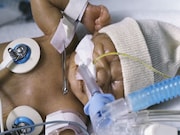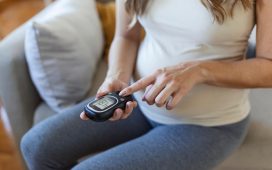Recommendations include clinician education, use of gastric pH measurement, radiographs
WEDNESDAY, Oct. 17, 2018 (HealthDay News) — Recommendations on best practices for nasogastric tube (NGT) placement and verification in pediatric patients have been developed. The best practice recommendations were published online Sept. 6 in Nutrition in Clinical Practice.
Sharon Y. Irving, Ph.D., from the University of Pennsylvania School of Nursing in Philadelphia, and colleagues present best practice recommendations in an effort to standardize care for initial and ongoing NGT location verification to minimize risk and improve patient safety.
The authors recommend providing education for all clinicians placing NGTs within institutions and across care settings; this education should include competency validation for placement, pH measurement, decision making to determine the need for radiographic evaluation, documentation of tube placement, and patient tolerance for the procedure. In addition, education should be in place for interpretation of radiographs to verify placement. Appropriate NGT placement and securing methods should be used, including appropriate depth measurement technique. Gastric pH should be measured as the first-line method for NGT location verification; location should be confirmed with proper frequency of testing. To confirm proper placement, radiography should be used when there is difficulty placing the NGT, if the patient is at risk for misplacement, and if the patient’s condition deteriorates soon after NGT placement.
“These recommendations are a necessary first step in establishing best practice related to NG tube placement and verification in the pediatric patient in order to improve patient safety,” Irving said in a statement.
Copyright © 2018 HealthDay. All rights reserved.








